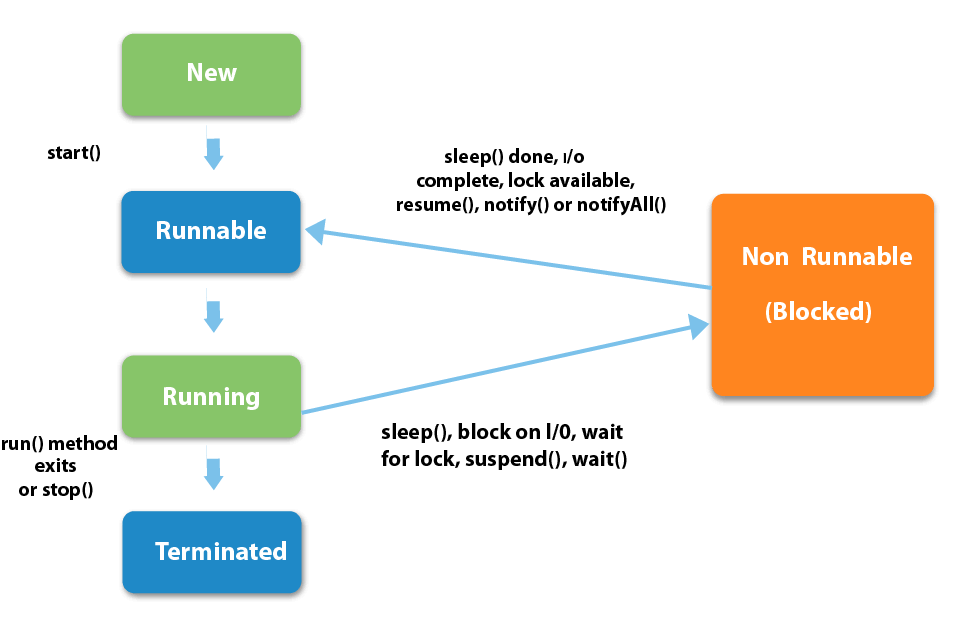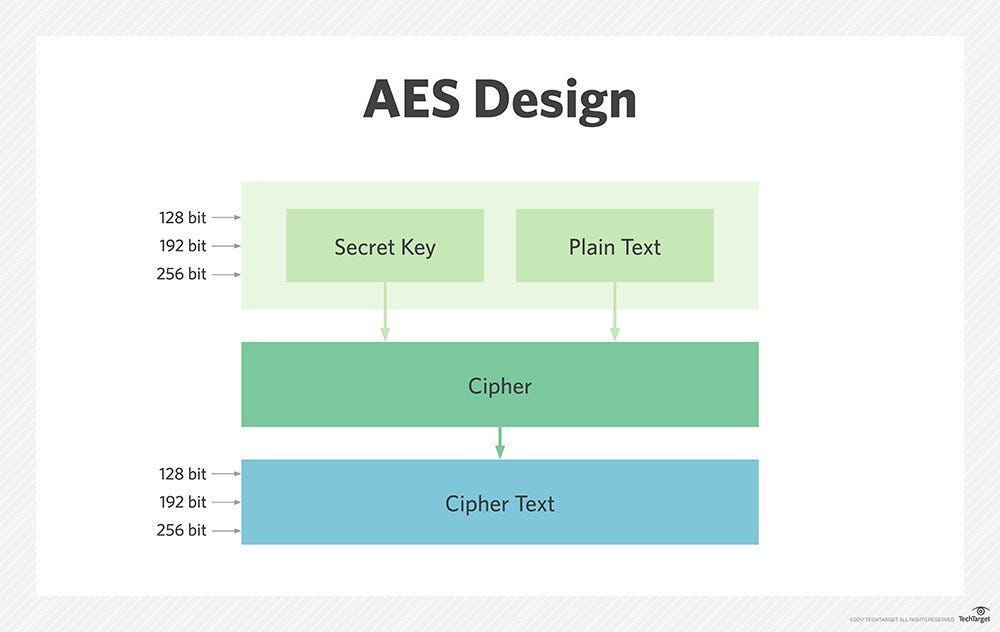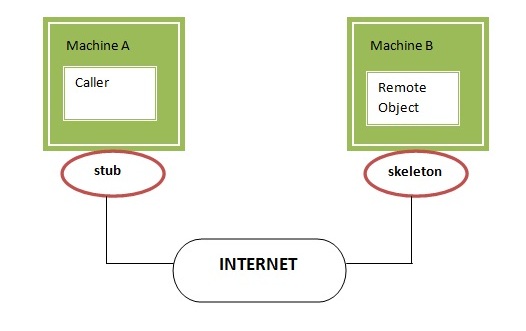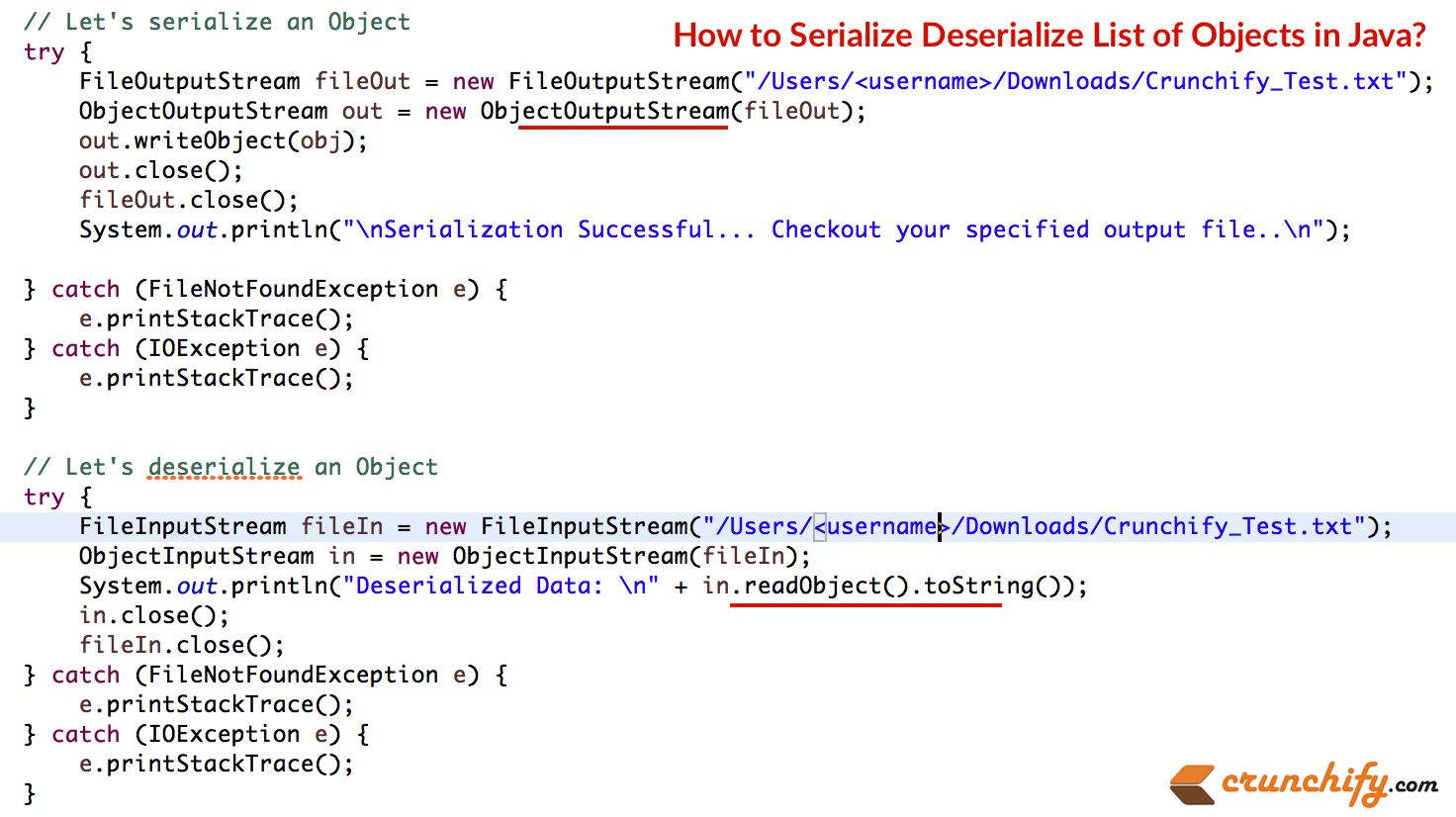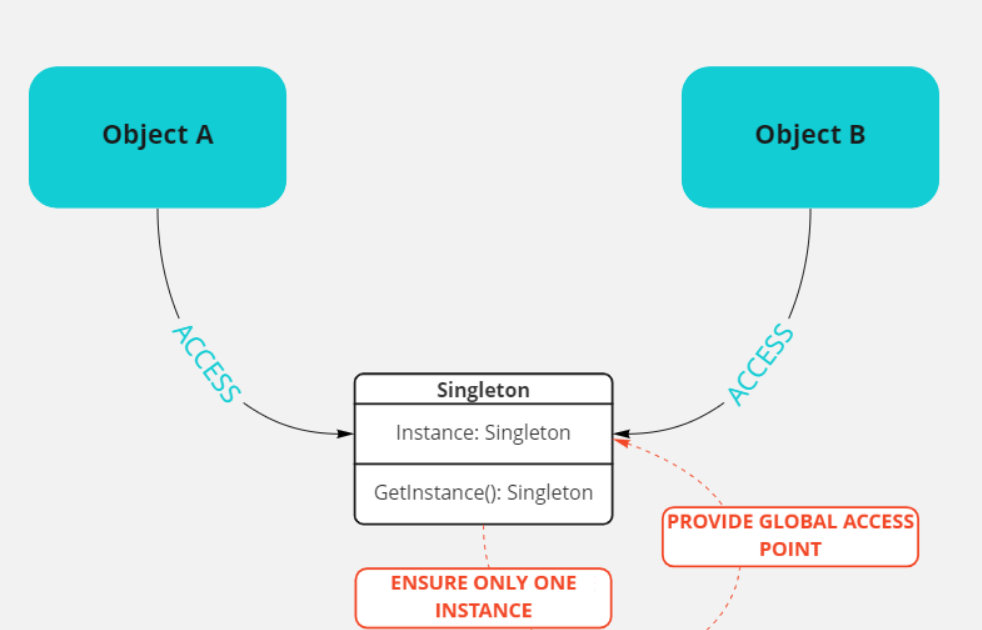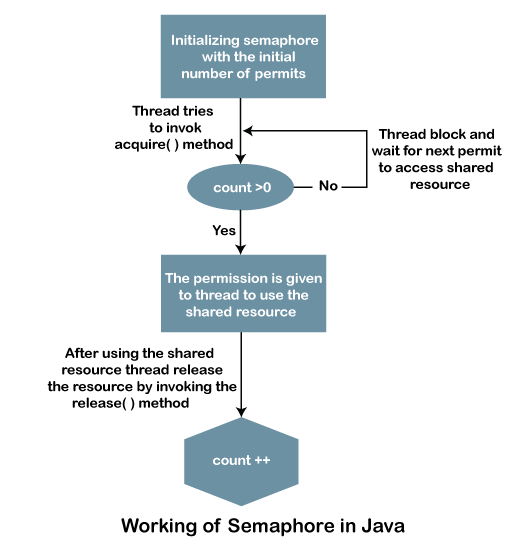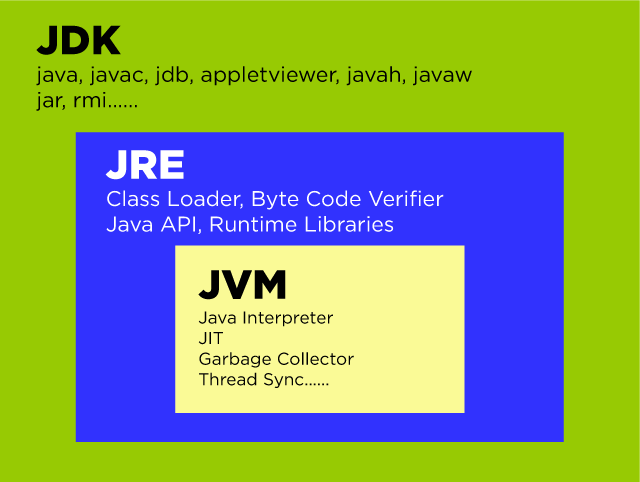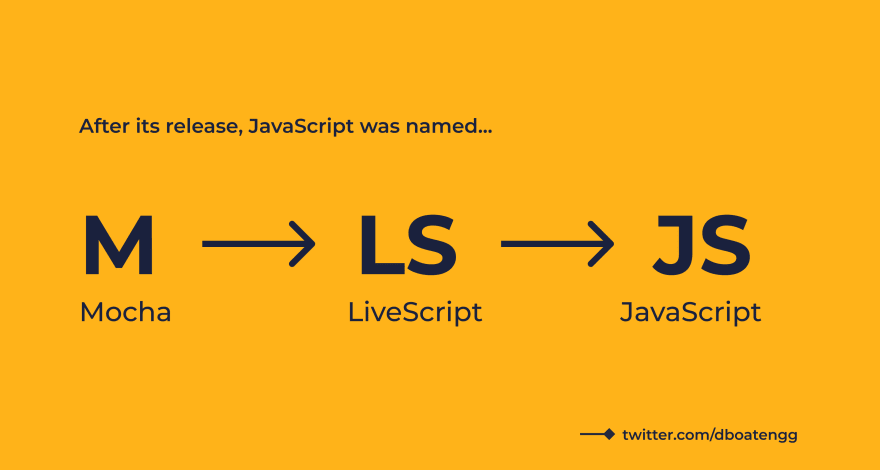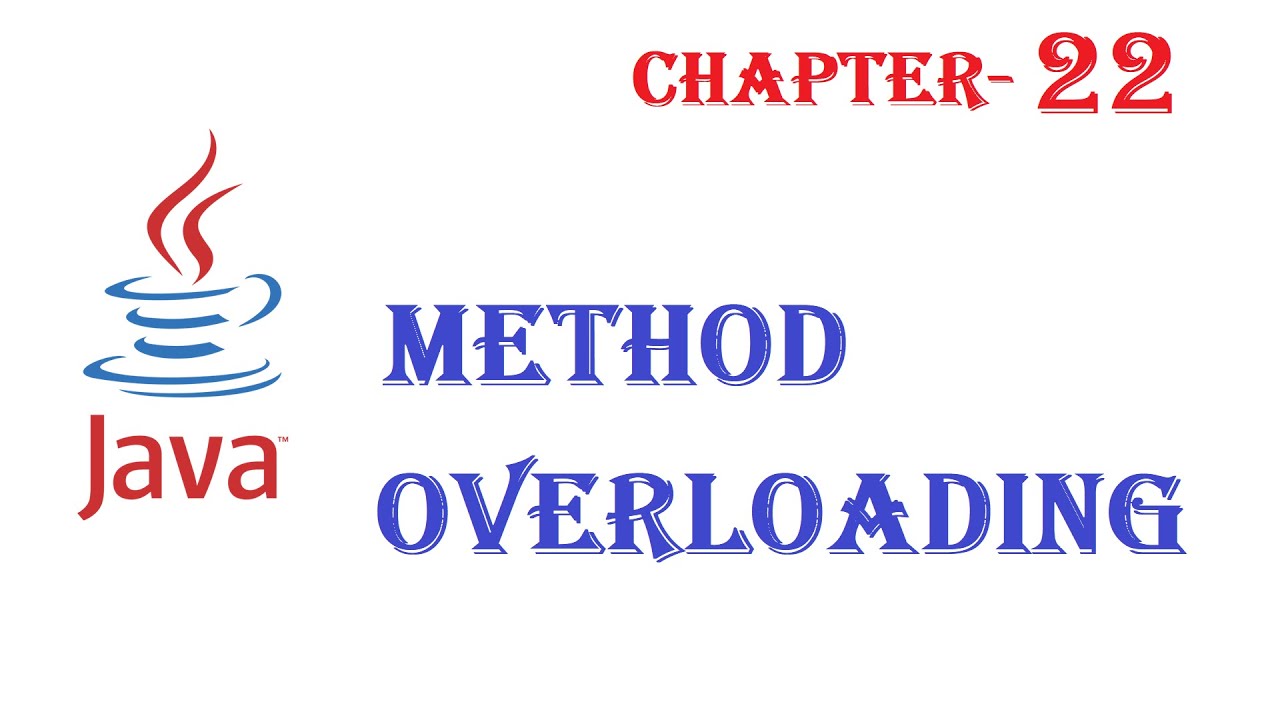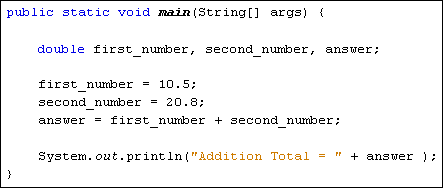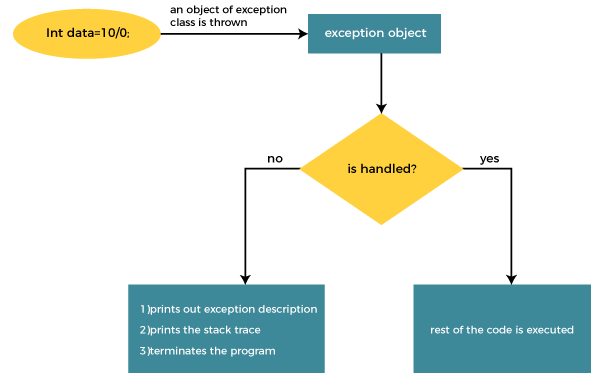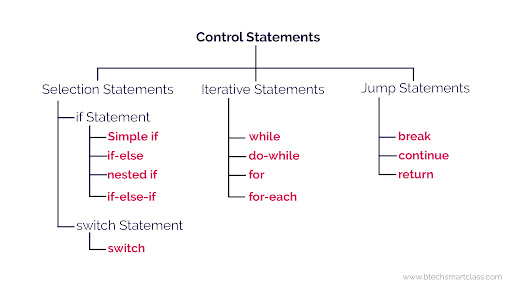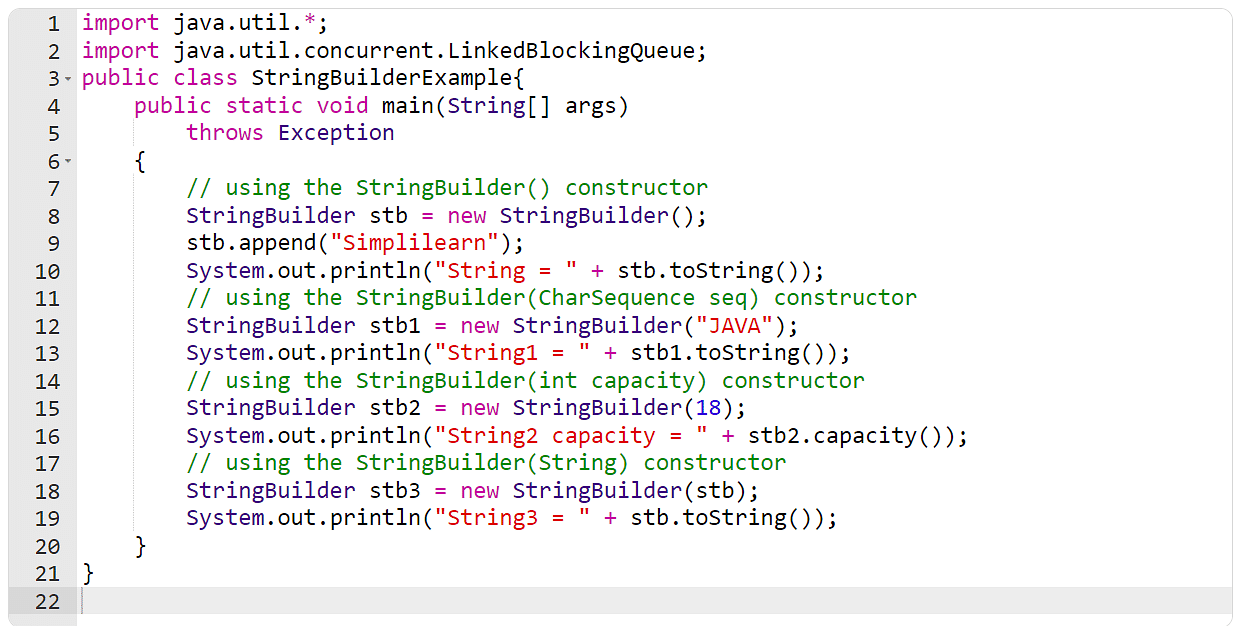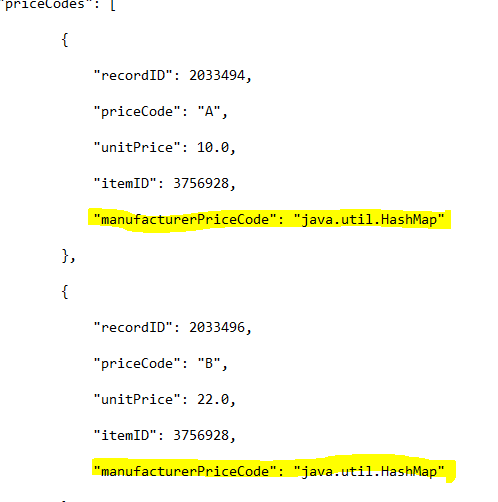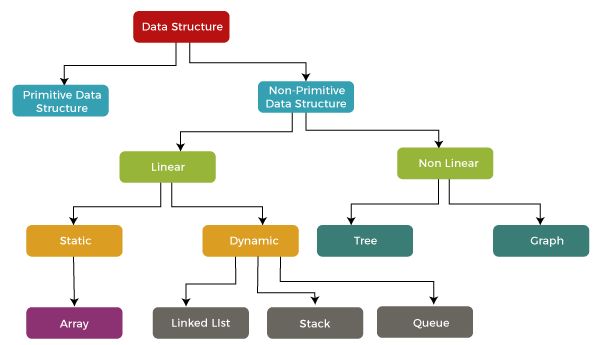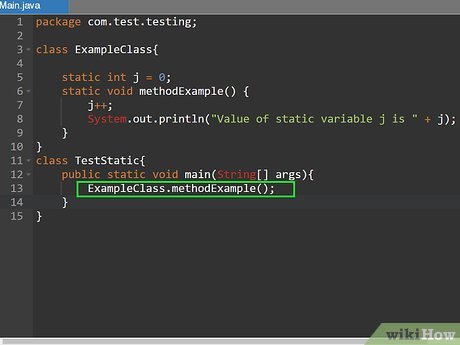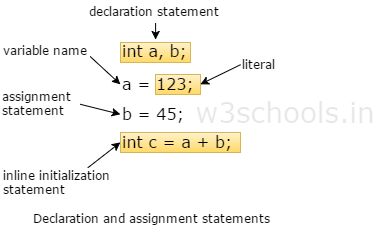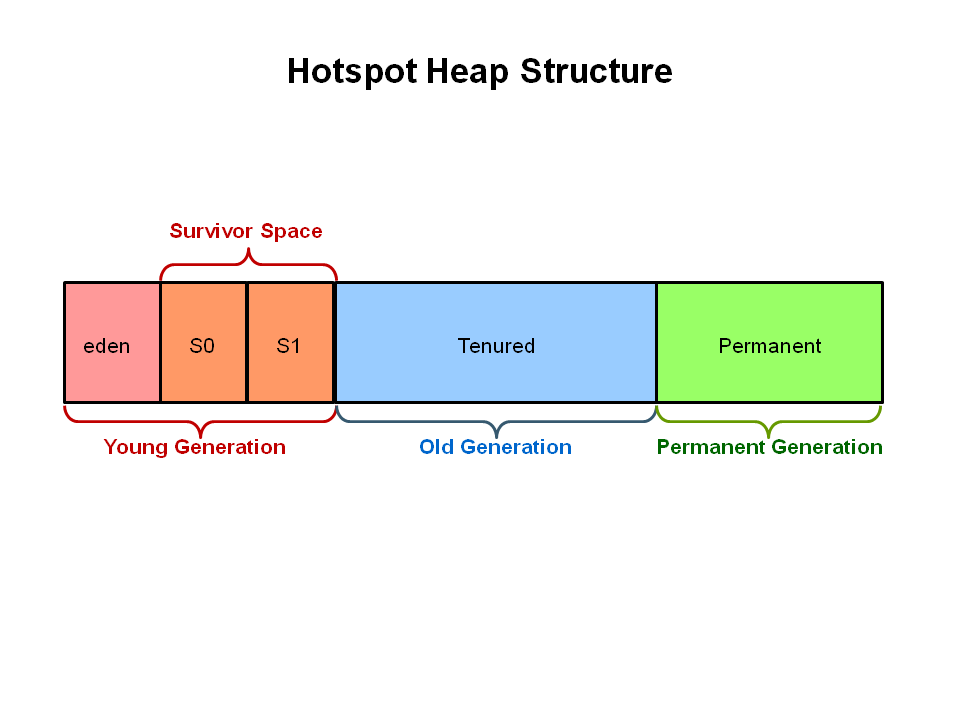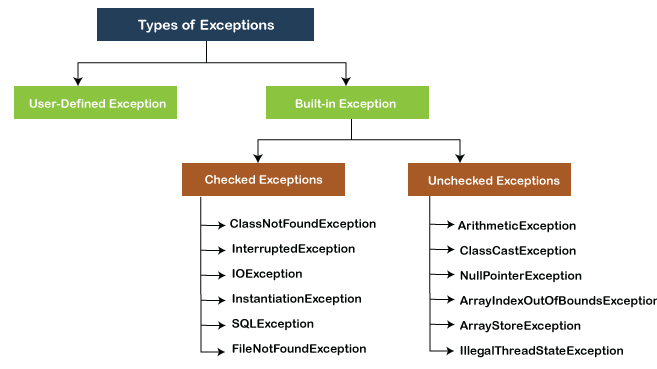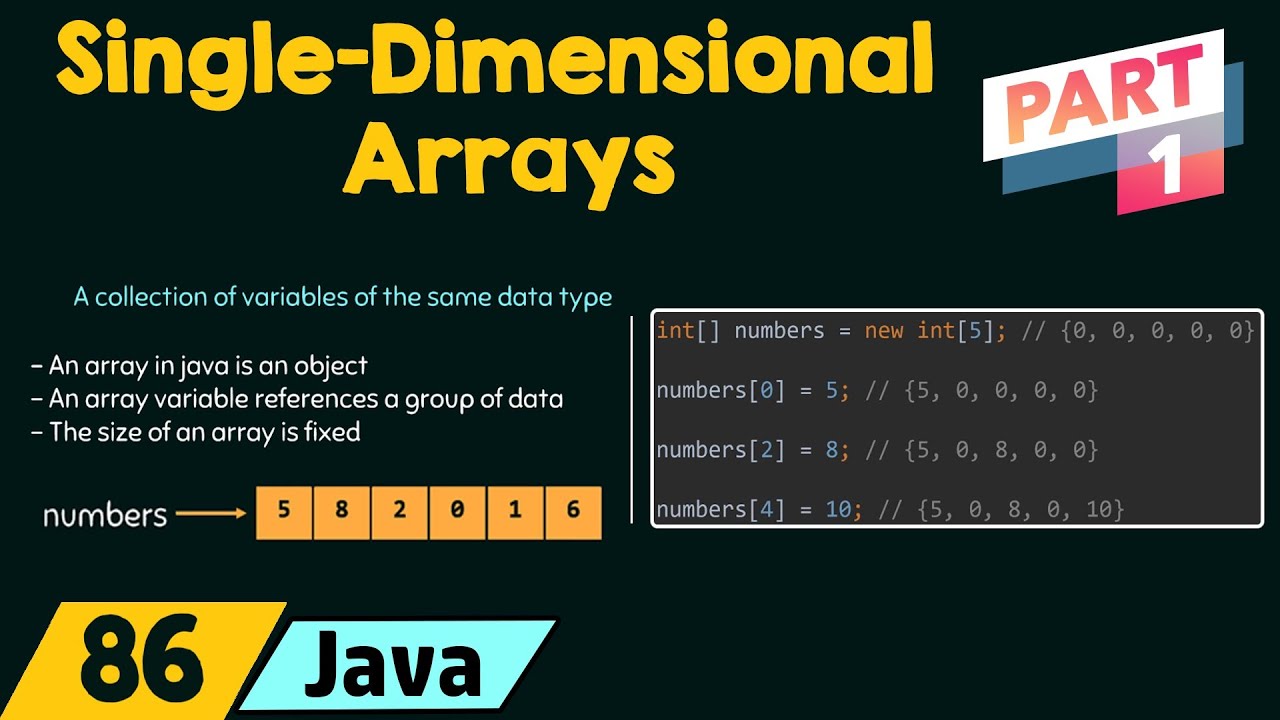Java Phaser vs CyclicBarrier
Java Phaser vs CyclicBarrier
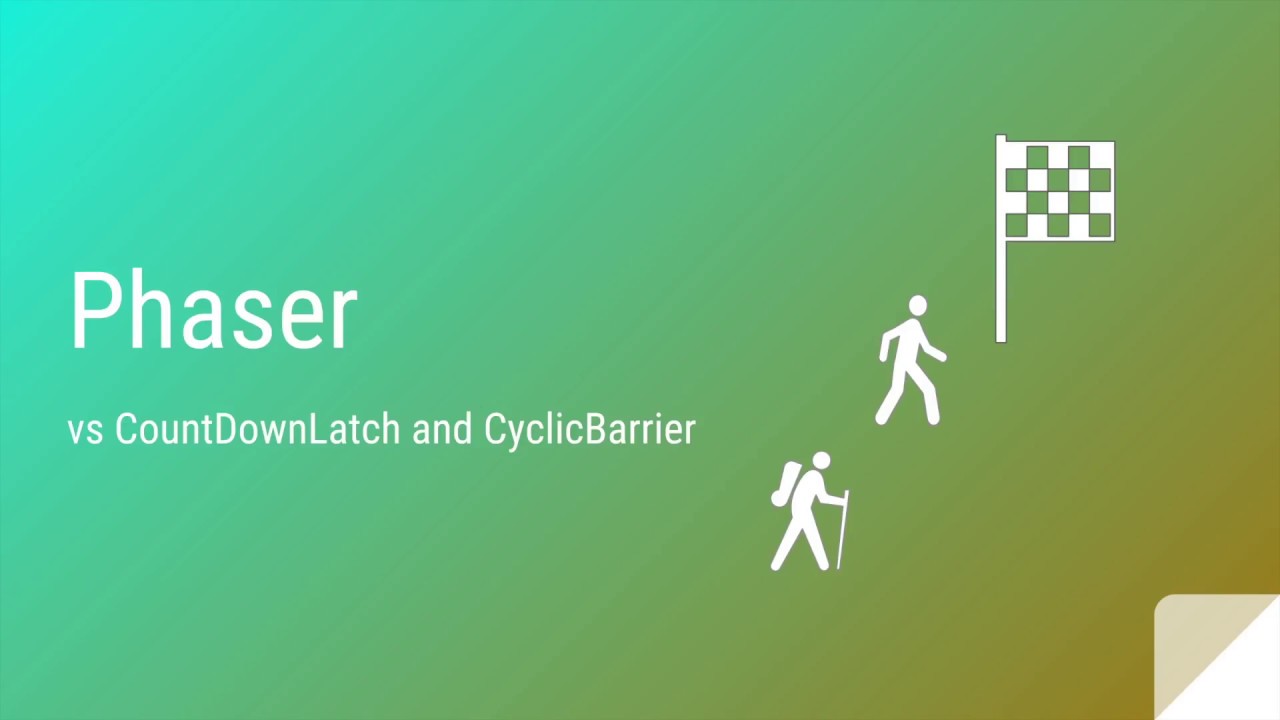
Java's Phaser and CyclicBarrier are two classes that serve similar purposes: coordinating threads' actions in a concurrent system. While they share some similarities, they have distinct differences in their design, usage, and applications.
Similarities
Both Phaser and CyclicBarrier are designed to synchronize multiple threads' execution in a concurrent program.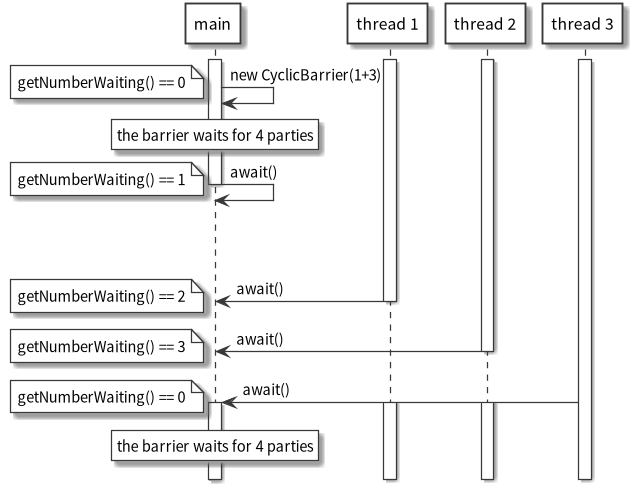
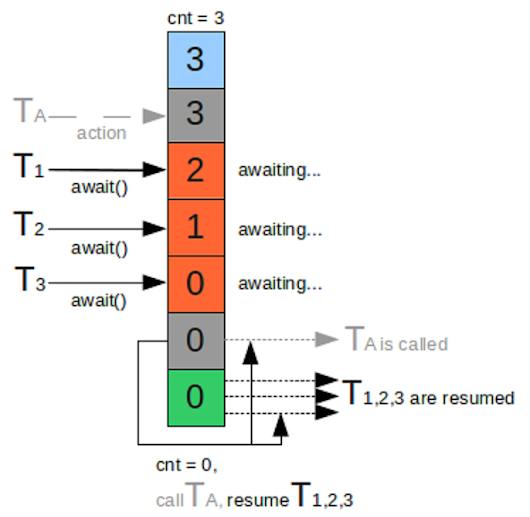
Differences
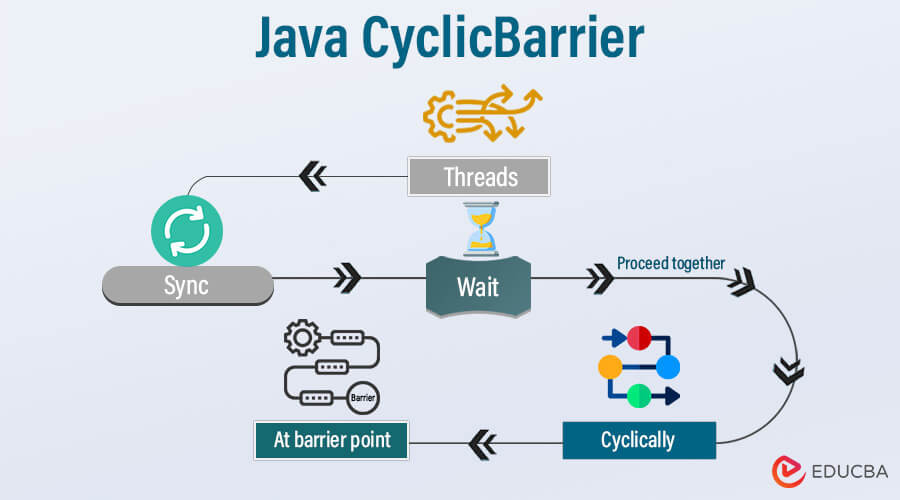

Use cases
Phaser: Use Phaser when you need to coordinate complex tasks with multiple phases, such as: Distributed computing: Phaser is ideal for coordinating the execution of distributed computations that involve multiple phases. Pipelining: Phaser can be used to manage a pipeline of operations where each stage depends on the previous one. CyclicBarrier: Use CyclicBarrier when you need to synchronize threads at specific points, such as: Simple barrier-style synchronization: CyclicBarrier is suitable for situations where multiple threads need to wait until all have completed their actions before proceeding. Limited phasing: If your use case only requires a simple barrier and no complex phasing, CyclicBarrier might be the better choice.In summary, while both Phaser and CyclicBarrier are designed to facilitate thread coordination, they serve different purposes. Phaser is more suitable for complex scenarios with multiple phases, whereas CyclicBarrier is better suited for simpler synchronization needs. Choosing the right class depends on your specific use case and requirements.
CountDownLatch in Java
I'm happy to respond in English!
CountDownLatch is a utility class in Java that allows one or more threads to wait at a specified point until a set of operations being performed in other threads completes. It's commonly used in concurrent programming where you need to coordinate the execution of multiple threads.
Here's a high-level overview of how CountDownLatch works:
ACountDownLatch object is created with an initial count, which represents the number of times the "count down" operation needs to be performed. Threads that want to wait for the latch call the await() method on the CountDownLatch. When a thread calls await(), it blocks until the count reaches zero. Other threads can perform operations that decrease the count using the countDown() method. When the count reaches zero, all waiting threads are released from their blocked state.
Let's consider an example to illustrate this concept:
Suppose you have a program that needs to process multiple images concurrently. You want to ensure that all images are processed before displaying the results. You can use a CountDownLatch to coordinate the processing of these images.
Here's some sample code:
import java.awt.image.BufferedImage;
import java.util.concurrent.CountDownLatch;
public class ImageProcessor {
private CountDownLatch latch = new CountDownLatch(3); // 3 images need to be processed
public void processImages() {
for (int i = 0; i < 3; i++) {
Thread t = new Thread(() -> {
BufferedImage image = loadImage();
// Process the image
processImage(image);
latch.countDown(); // Decrement the count when an image is processed
});
t.start();
}
try {
latch.await(); // Wait for all images to be processed
} catch (InterruptedException e) {
Thread.currentThread().interrupt();
}
}
}
In this example, the ImageProcessor class has a CountDownLatch called latch. It's initialized with a count of 3, which represents the number of images that need to be processed.
The processImages() method creates three threads, each responsible for processing one image. Each thread calls countDown() when an image is processed, effectively decreasing the count by 1.
When all images are processed (i.e., the count reaches zero), the main thread can resume execution and display the results.
CountDownLatch provides a powerful way to coordinate concurrent operations in Java, making it a valuable tool in any concurrent programmer's toolkit!
